Sensory-friendly spaces and their role in supporting autistic children
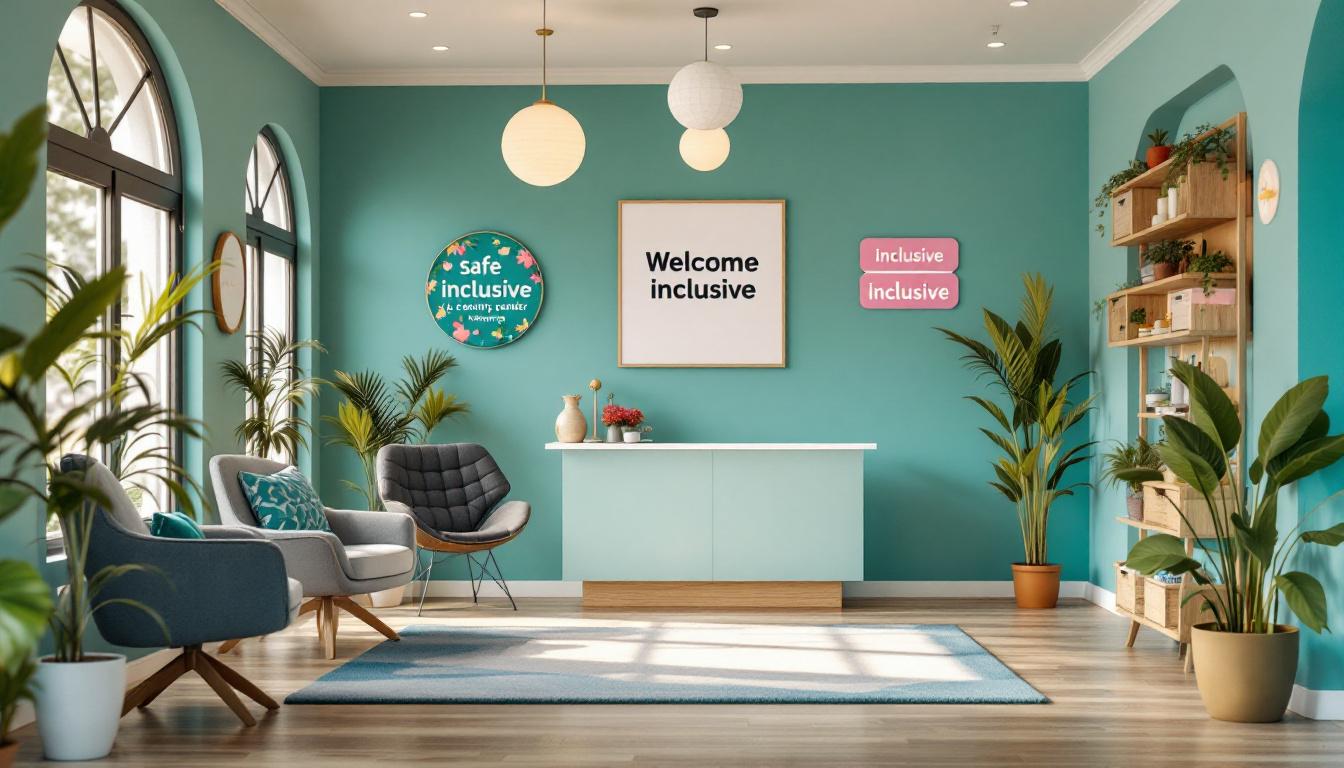
Understanding the Importance of Sensory-Friendly Spaces
Sensory-friendly spaces are specially designed environments that support neurodivergent individuals, especially autistic children, by reducing sensory stressors and facilitating emotional and sensory regulation. As awareness grows around the diverse needs of neurodiverse populations, integrating sensory considerations into public and private spaces becomes essential for fostering inclusion, well-being, and positive development.
The Role of Sensory-Friendly Spaces in Supporting Autistic Children
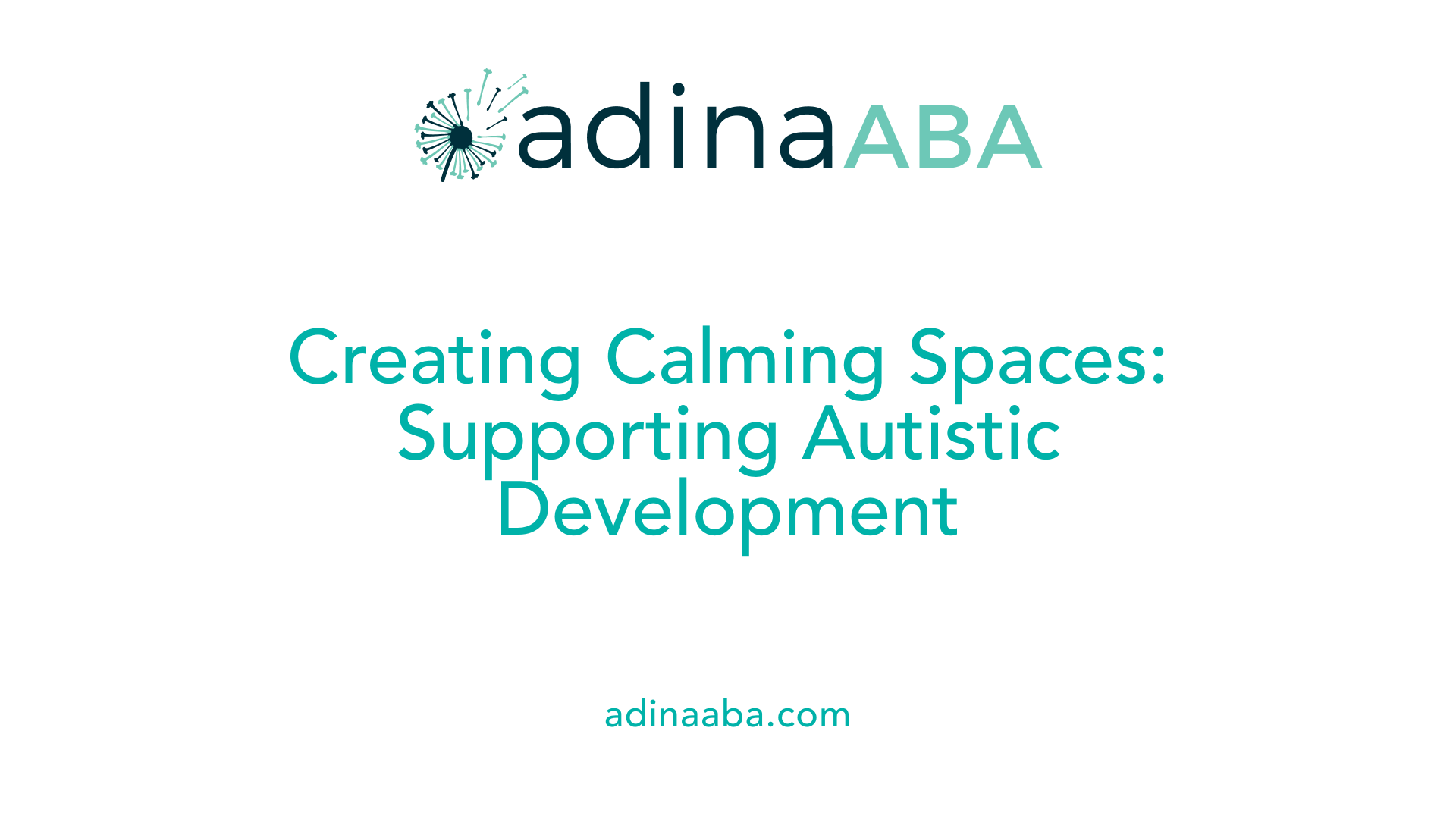
What is the role of sensory-friendly spaces in supporting autistic children?
Sensory-friendly spaces are specially designed environments that aim to make spaces more accessible and comfortable for autistic children and other neurodivergent individuals. By addressing all eight senses—sight, hearing, smell, taste, touch, vestibular, proprioception, and interoception—these environments work to prevent sensory overload. Common features include softer lighting, sound-absorbing materials, calming visuals, and access to sensory tools like weighted blankets or noise-canceling headphones.
These spaces are vital because they help reduce sensory triggers such as bright lights, loud noises, or strong smells, which can cause distress, anxiety, or meltdowns. They support emotional regulation by providing a calming atmosphere where children can reset their sensory systems.
Creating such environments encourages children to self-regulate, feel secure, and participate more confidently in social interactions. They boost focus and independence because children can take sensory breaks when needed, improving their ability to engage in everyday activities.
Research underscores the importance of these spaces in enhancing overall quality of life and developmental outcomes. By fostering a sense of safety and calmness, sensory-friendly environments support emotional well-being, facilitate social participation, and promote positive growth for autistic children.
In summary, sensory-friendly spaces serve as essential tools for managing sensory processing differences, helping children navigate their surroundings more comfortably and supporting their ongoing development.
Design Principles and Best Practices for Creating Sensory-Friendly Spaces
What are the key design principles for creating effective sensory-friendly spaces?
Designing sensory-friendly environments involves thoughtful planning and an understanding of sensory processing differences. A fundamental principle is the use of calming color schemes and visuals. Soft pastels and muted tones help create a tranquil atmosphere, reducing visual overstimulation.
Minimizing sensory input is equally crucial. This includes reducing loud noises, controlling bright lighting, and minimizing visual clutter, all of which can trigger sensory overload. Incorporating soft textures and comfortable furnishings further enhances comfort, encouraging relaxation.
Adjustable sensory equipment plays a vital role. Features such as dimmable lighting, sensory toys, calming zones, and tactile displays allow individuals to self-regulate and manage sensory sensitivities as needed. These tools support autonomy and promote engagement.
It’s essential to consider all eight sensory systems—sight, hearing, smell, taste, touch, vestibular, proprioception, and interoception—when designing these spaces. This comprehensive approach ensures that environments accommodate various sensory preferences and challenges.
Finally, blending universal design principles with sensory-specific adaptations results in inclusive spaces. Such environments support not only neurodivergent individuals but also make spaces more welcoming for everyone, fostering participation, comfort, and confidence.
Equipment and Features Used in Sensory-Friendly Environments
 Sensory-friendly environments are carefully designed spaces that incorporate a variety of equipment and features to help individuals, especially those with sensory processing challenges like autism, regulate sensory input and find comfort.
Sensory-friendly environments are carefully designed spaces that incorporate a variety of equipment and features to help individuals, especially those with sensory processing challenges like autism, regulate sensory input and find comfort.
Common sensory tools include sensory toys such as textured balls, fidget spinners, and chewable jewelry. Weighted blankets and lap weights are frequently used to provide deep pressure stimulation, which can promote a sense of calm.
Lighting plays a critical role in these spaces. Soothing, dimmable lights or natural lighting are preferred to reduce visual overstimulation. Visual stimulation tools like fiber optic curtains, projectors, and interactive panels are used to engage visual and auditory senses in a controlled manner.
Tactile elements such as textured panels, sensory mats, and bubble or hurricane tubes offer tactile engagement, helping users explore different textures comfortably. Aromatherapy with scent diffusers introduces pleasant smells that can relax or invigorate, depending on the need.
Additionally, sensory furniture like soft seating, rocking chairs, or swings, along with sensory room control systems, allows for customization and easy adjustment of the environment.
These equipment and features are implemented across various settings—such as hospitals, schools, mental health facilities, and therapy centers—to support individuals of all ages. The goal is to create spaces that are accessible, inclusive, and adaptable to diverse sensory needs, ultimately fostering calmness, focus, and enjoyment.
Promoting Inclusion and Well-Being through Sensory Environments
How do sensory-friendly environments promote inclusion and well-being?
Sensory-friendly spaces are designed to meet the varying sensory needs of individuals, especially those with autism, PTSD, or sensory processing challenges. By reducing sensory overload and anxiety, these environments enable everyone to participate more comfortably.
Creating such spaces involves thoughtful design elements like adjustable lighting, calming textures, and sensory supports such as noise-canceling headphones or weighted blankets. These features help regulate emotions and prevent sensory triggers that can lead to distress or meltdowns.
Support for emotional regulation and concentration is a major benefit. Sensory zones, quiet areas, and scheduled sensory breaks allow individuals to self-regulate, fostering a sense of safety and control.
In public and communal settings—including schools, healthcare facilities, and parks—these environments minimize overwhelming stimuli like loud noises or bright lights. Practical strategies, such as clear signage, organized layouts, and accessible sensory tools, make these spaces welcoming for diverse users.
Overall, sensory environments advance inclusion by removing barriers that can hinder participation and fostering a culture of acceptance. They help create spaces where neurodivergent individuals and others with sensory sensitivities feel safe, valued, and empowered to engage fully, ultimately promoting well-being and social integration.
Educational Strategies for Developing Effective Sensory-Friendly Zones
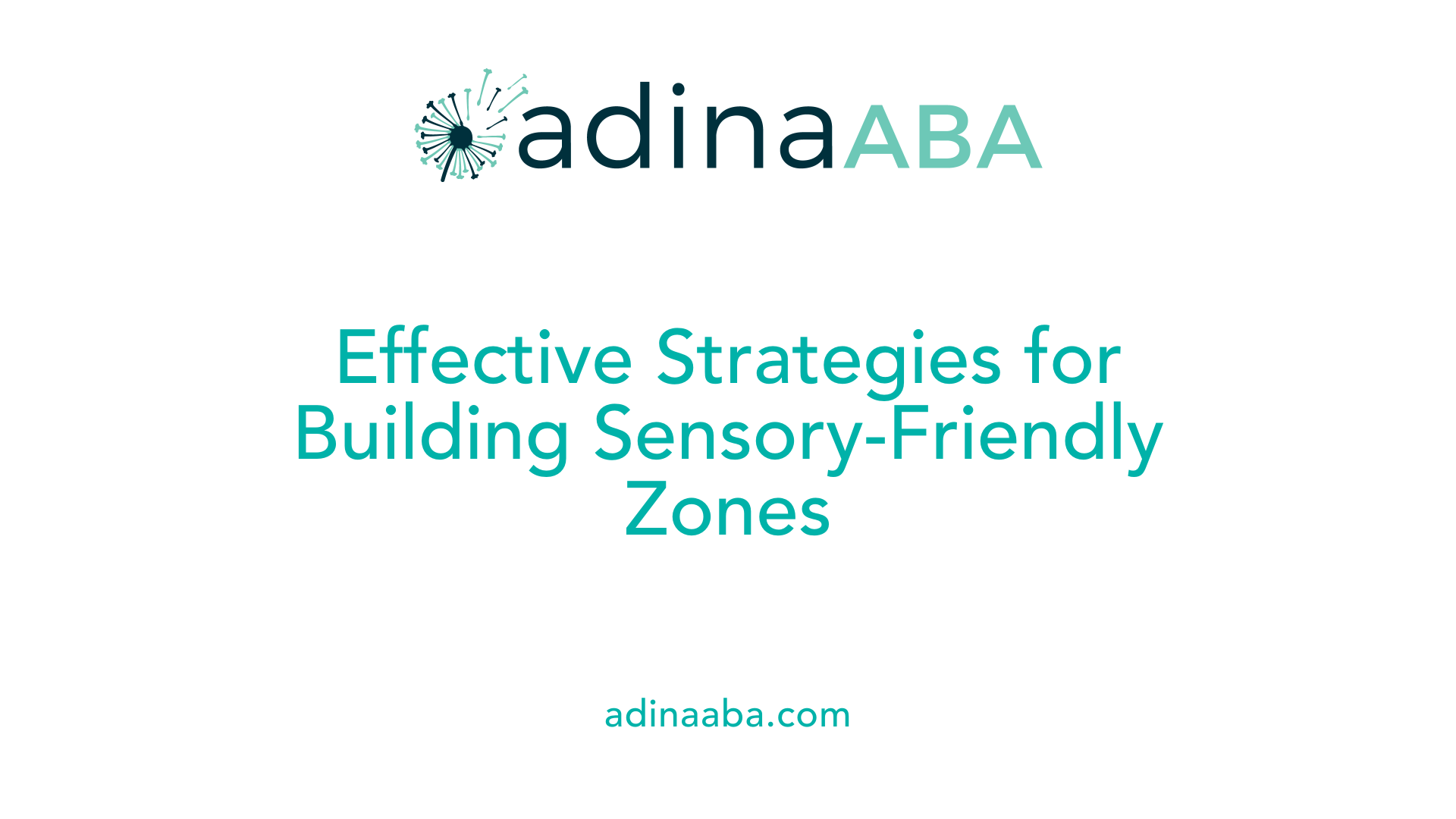
What are some educational strategies for developing effective sensory-friendly zones?
Creating sensory-friendly zones requires thoughtful planning and active involvement of those with lived experiences. One effective approach is involving autistic individuals directly in the design process. Their insights ensure that spaces are tailored to real sensory needs, making the environment more functional and welcoming.
Personalization is essential. Incorporating a range of sensory tools, such as weighted blankets, textured mats, or calming lighting, allows users to customize their experience. Different sensory profiles mean some children may need more calming environments, while others seek stimulation. Designing distinct spaces—be it active, calming, or hybrid—addresses these varying needs, helping both sensory seekers and avoiders feel comfortable.
Technology also plays a vital role. Interactive walls, virtual reality applications, or sound and light control devices can make sensory environments more engaging and adaptable. These tools can promote not only comfort but also learning and emotional regulation.
Implementation in diverse settings—schools, homes, community centers—requires careful planning. Establishing clear routines, safety measures, and ongoing monitoring ensures that sensory spaces are beneficial and inclusive. When designed with attention to individual needs and involves collaboration among educators, caregivers, and autistic individuals, sensory-friendly zones can significantly support self-regulation, focus, and overall well-being.
Impact of Sensory-Friendly Spaces on Sensory Processing and Development
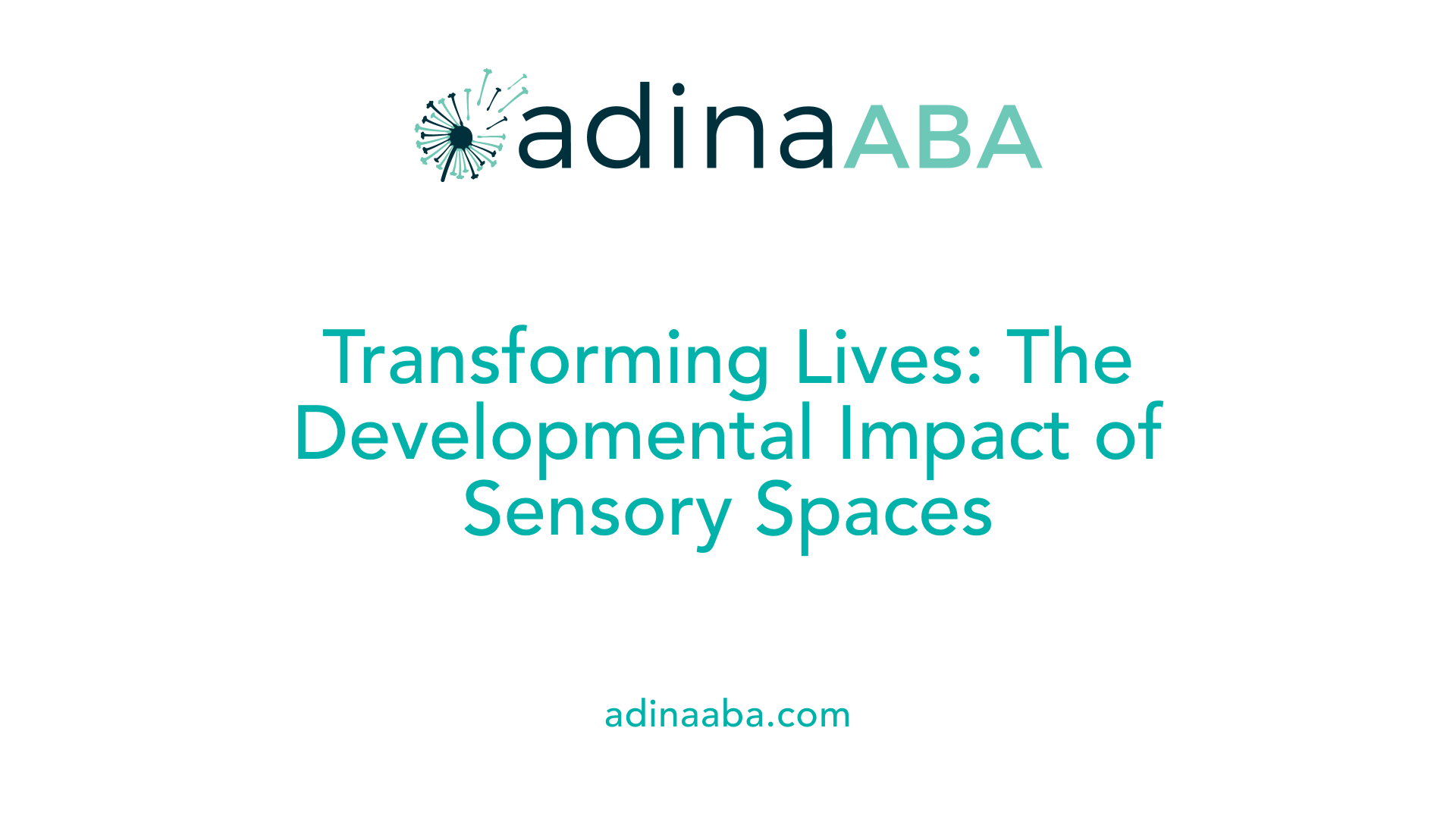
What is the impact of sensory-friendly spaces on sensory processing and development?
Sensory-friendly environments, especially Multi-Sensory Environments (MSEs), significantly influence how individuals with sensory processing differences experience and adapt to their surroundings. These spaces allow users to control sensory input, which helps improve attention and decreases repetitive behaviors often associated with neurodivergent conditions like autism spectrum disorder.
Research shows that providing control over sensory stimuli can lead to reduced sensory seeking and defensive behaviors, while increasing focus and engagement. For example, children in environments where they could choose and modify sensory equipment displayed greater attention and fewer stereotyped vocalizations.
By addressing all eight senses—sight, hearing, smell, taste, touch, vestibular, proprioception, and interoception—these environments create a balanced sensory experience, minimizing overwhelming stimuli. They act as a bridge toward emotional regulation and physical well-being.
Design features such as adjustable lighting, sound absorption, tactile displays, and calming equipment help meet individual sensory needs. This tailored support creates a predictable and safe space, encouraging participation and building confidence.
While ongoing research deepens our understanding, current evidence endorses that sensory-friendly environments support emotional resilience and social interaction. They also foster better learning conditions by reducing stress and promoting emotional stability.
In summary, sensory-friendly spaces nurture development by making sensory experiences manageable, thus enhancing overall quality of life for people with sensory sensitivities. They empower individuals to explore their environment at their own pace, promoting growth, inclusion, and emotional health.
Research, Frameworks, and Future Directions in Sensory-Adapted Environments
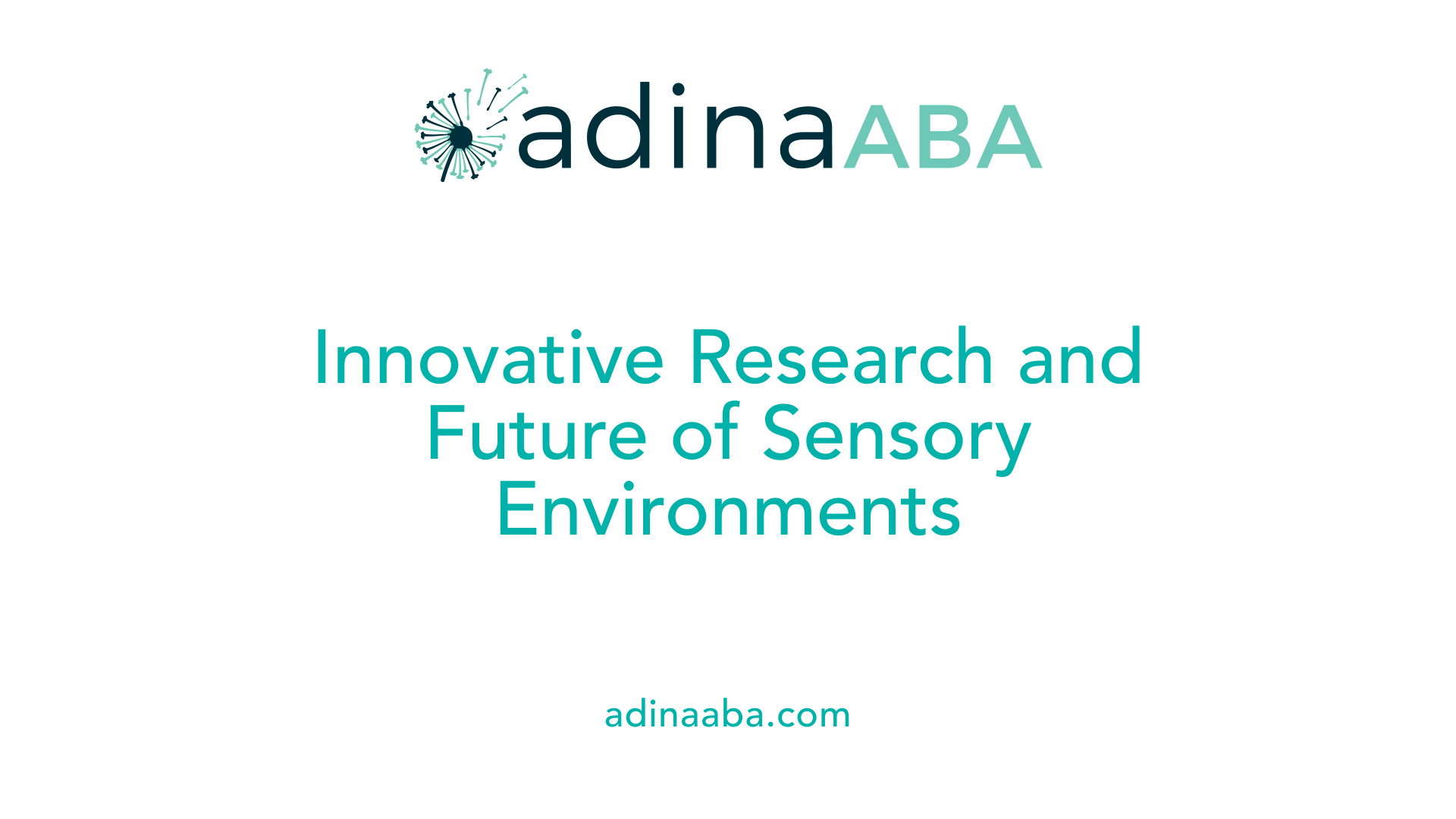 Creating sensory-adaptive environments (SAEs) relies on a blend of research insights and theoretical frameworks aimed at supporting neurodiverse individuals, especially those with autism. Key disciplines informing this development include occupational therapy, environmental psychology, and autism research. These fields highlight the importance of sensory regulation and recognizing individual sensory differences.
Creating sensory-adaptive environments (SAEs) relies on a blend of research insights and theoretical frameworks aimed at supporting neurodiverse individuals, especially those with autism. Key disciplines informing this development include occupational therapy, environmental psychology, and autism research. These fields highlight the importance of sensory regulation and recognizing individual sensory differences.
One foundational framework used in designing SAEs is sensory integration theory. This approach emphasizes understanding how different sensory systems—beyond the basic five senses—interact and influence behavior and well-being. It guides designers in creating environments that foster self-regulation, safety, and comfort. Universal design principles also play a crucial role, ensuring spaces are accessible and inclusive for everyone, including those with sensory sensitivities.
Design strategies for effective SAEs feature elements such as quiet zones, visual cues, and safety mechanisms. Quiet zones provide refuge during sensory overload, while clear visual cues and predictable pathways support orientation and reduce anxiety. Adjustable lighting, sound absorption materials, and tactile displays enable environments to be tailored to individual needs. Incorporating routines, safety features, and informal exploration areas further enhances the sensory experience, promoting engagement and emotional regulation.
Recent research underscores the importance of user participation in the design process. Allowing individuals to control sensory equipment—such as switches, fidgets, or adjust lighting—can significantly decrease challenging behaviors like meltdowns and repetitive movements. For example, studies on Multi-Sensory Environments (MSEs) reveal that providing children with control over sensory stimuli enhances attention, reduces stereotyped speech, and fosters a more calming experience.
As the field evolves, future directions include further empirical studies to refine design strategies and explore technological innovations like virtual reality and interactive sensory tools. Emphasizing collaboration with autistic individuals and their caregivers will continue to be vital, ensuring environments truly meet diverse sensory needs and support participation across educational, healthcare, and public settings.
Towards Inclusive and Supportive Spaces for All
The thoughtful integration of sensory-friendly design principles, equipment, and strategies can transform public and private environments into inclusive spaces that foster support, independence, and well-being for autistic children and other neurodiverse individuals. Ongoing research, participatory design, and adherence to established frameworks will be key in advancing sensory-adaptive environments. Ultimately, creating spaces that prioritize sensory regulation is vital for nurturing a society where every individual feels safe, accepted, and empowered to thrive.
References
- Use of sensory adaptive environments with autistic children
- What Is a Sensory-Friendly Environment?
- Supporting Sensory Diversity: Building Inclusive Classrooms
- The Need for Sensory-Friendly “Zones”: Learning From Youth on the ...
- Creating a Sensory-Friendly Environment - Guggenheim Museum
- Creating Autism Friendly Spaces - WPS
- The use of Multi-Sensory Environments with autistic children
- Creating a Sensory-Friendly Environment - Guggenheim Museum
More Resources
Expert Clinicians
Get started today ->






